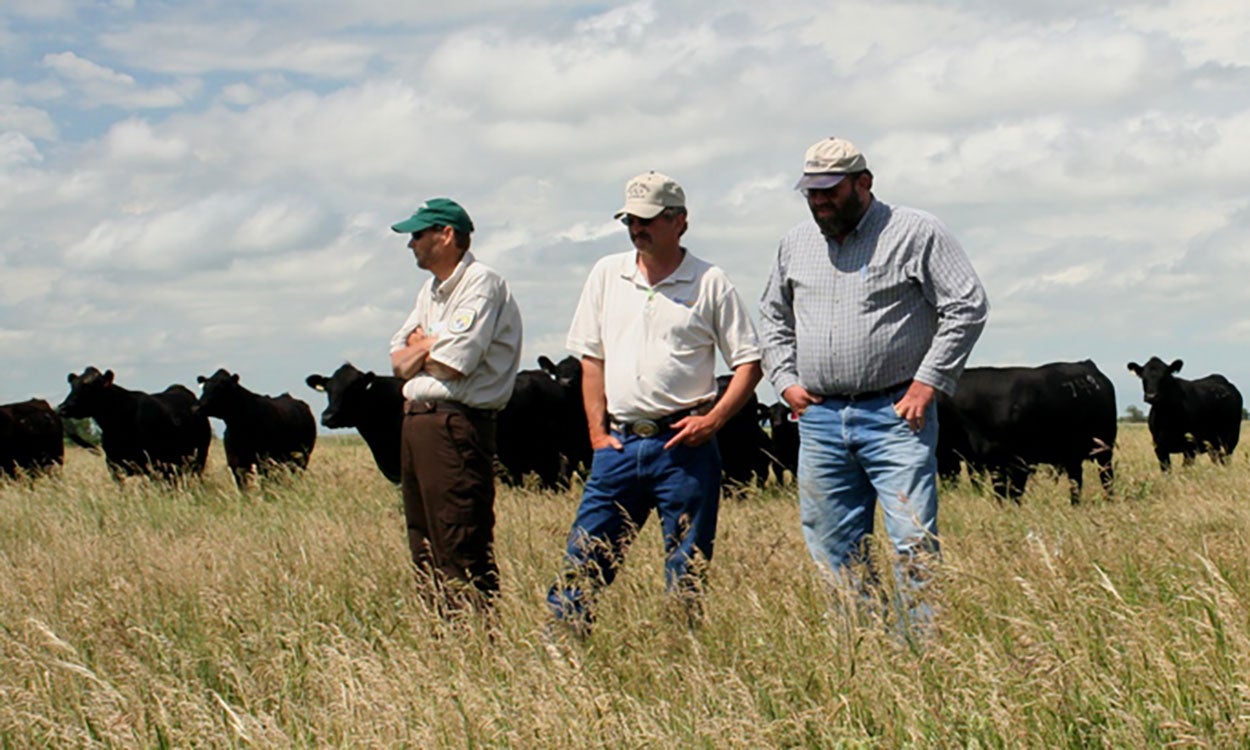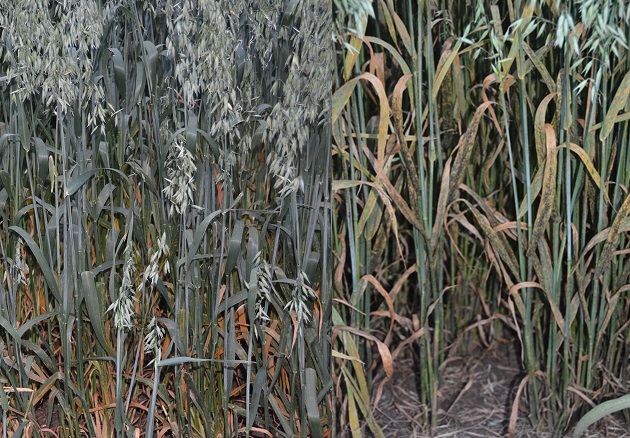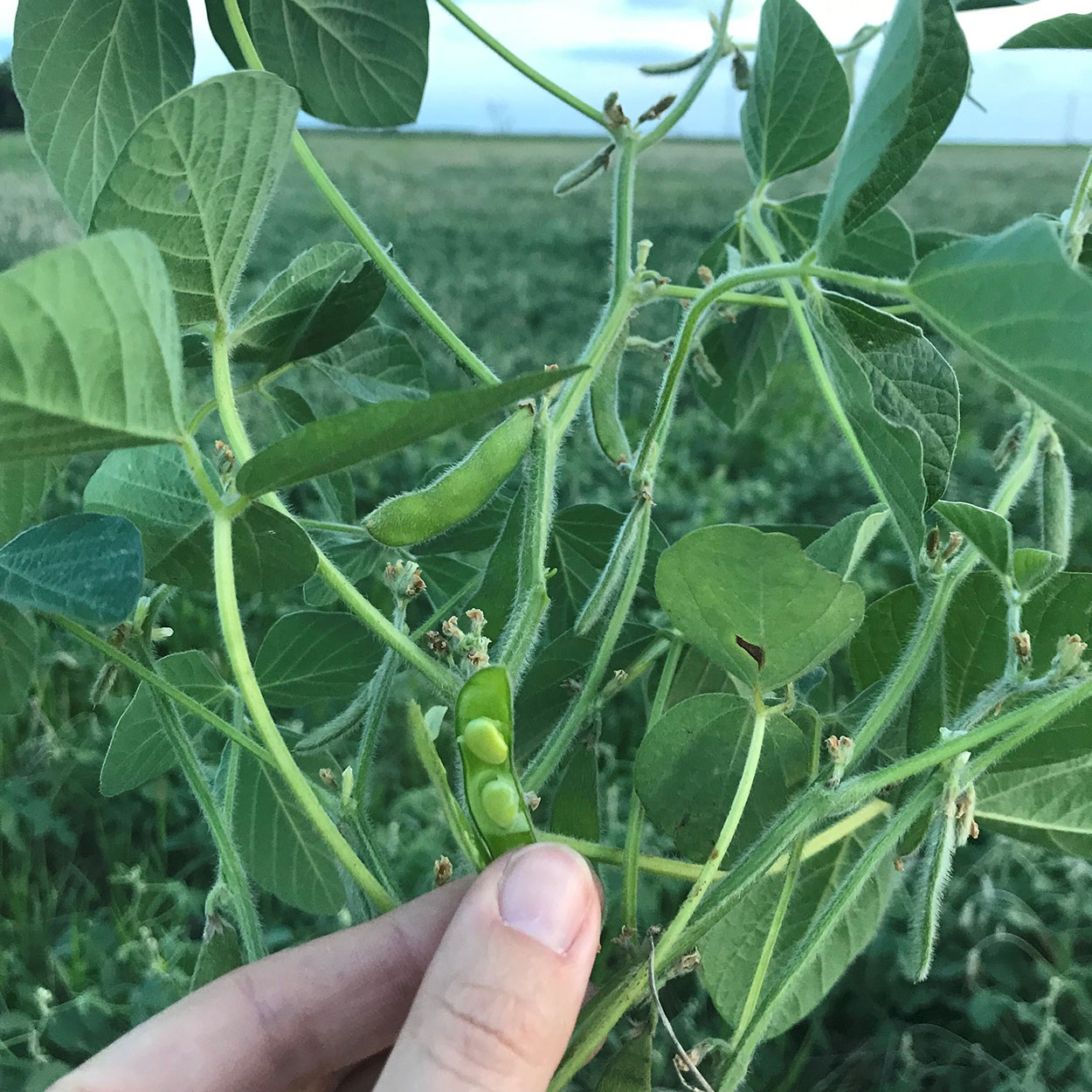Search

Frequently Asked Questions - Forage Nitrate Toxicity in Ruminant Livestock
A fact sheet to address frequently asked questions about forage nitrate toxicity in ruminant livestock.

Salvaging for Silage: Tips to Minimize Loss, Maximize Value
August 09, 2021
With South Dakota rangeland and pastures rated 84% poor to very poor across the state, many cattle producers may be thinking about putting up silage for a feed source.

Drought Assistance Questions Answered
Dry conditions persist across the state, and many new questions are being asked regarding the federal assistance programs available from the U.S. Department of Agriculture Farm Service Agency.

Drought Assistance From USDA: CRP Haying and Grazing
As this year’s drought intensifies, folks are quickly running short of forage. Due to the D2 Drought Monitor classification, most South Dakota counties qualify for Conservation Reserve Program haying and grazing for emergency and non-emergency use.

Sooty Mold: A Saprophytic Fungi Observed in Wheat
While out crop scouting, sooty mold was observed in some South Dakota wheat fields. Sooty mold is a saprophyte, which can be easily mistaken for a disease caused by plant pathogens.

Forage Inventory and Demand Calculator
Calculator for inventorying livestock and forage on hand to determine additional forage purchase needs, or livestock sales.

Will Grasshoppers Be an Issue for Winter Wheat Emergence in 2021?
Grasshoppers were an issue in some areas of South Dakota during 2020 and continue to be an issue for several parts of the state in 2021. Drought conditions throughout the state aren’t helping, as grasshopper populations are limited on available food.

Utilize a Fungicide For Crown Rust Prevention in Oats
If you are growing oats this year for grain, be sure to scout and plan a fungicide application to protect the oats from crown rust.

Salvaging Drought-Stressed Soybeans as Feed
One of the more popular questions we’ve been receiving lately involves using soybeans as forage. Although the soybeans planted for grain are not typically bred for forage use, we can salvage the crop for said forage if need be.

What’s Important to Know About Silage Additives & Inoculants?
Corn is suited to preservation as silage. Silage additives can be used to remedy deficiencies such as lack of sufficient population of bacteria to support adequate fermentation, and low levels of fermentable carbohydrates.